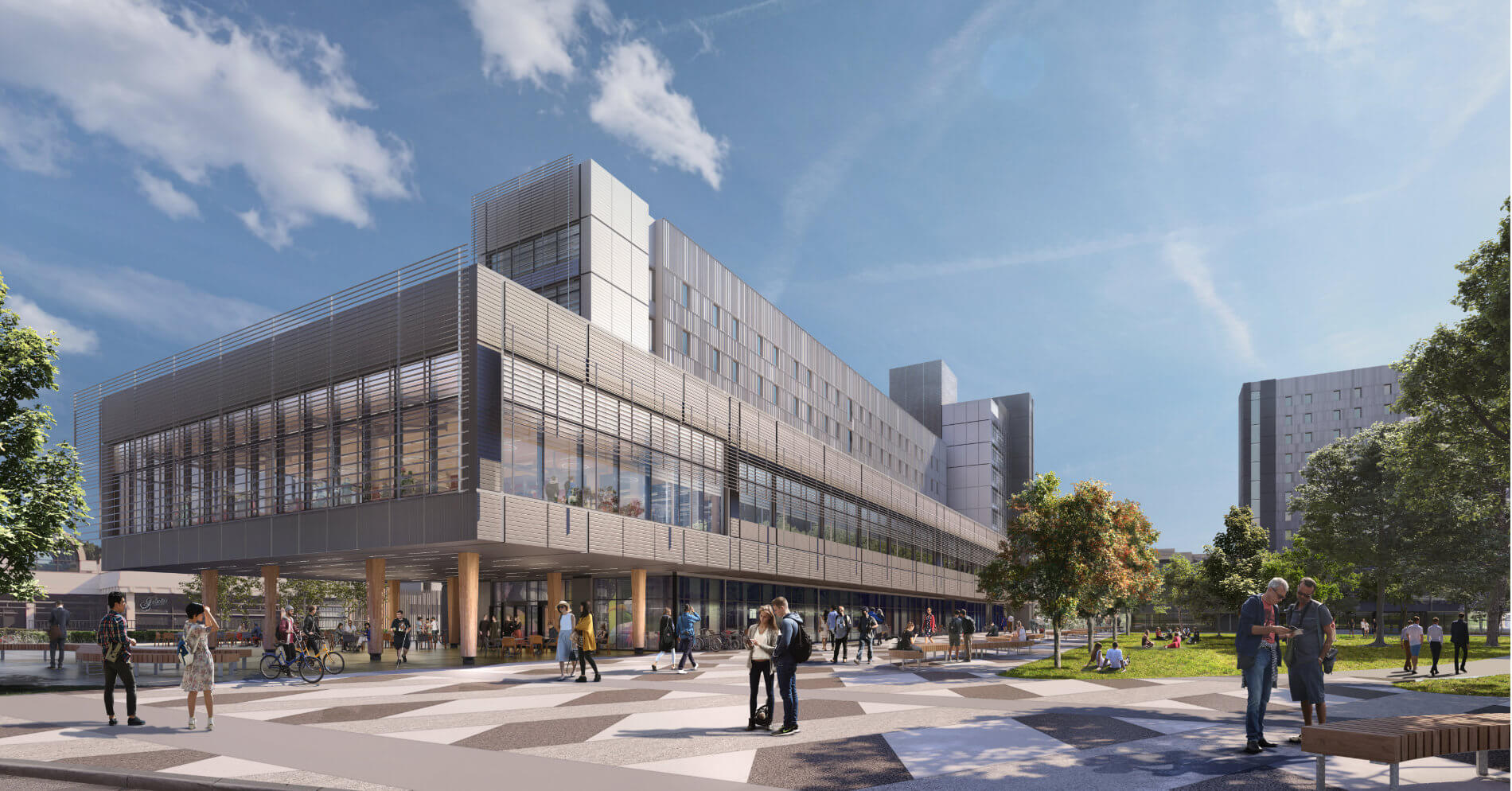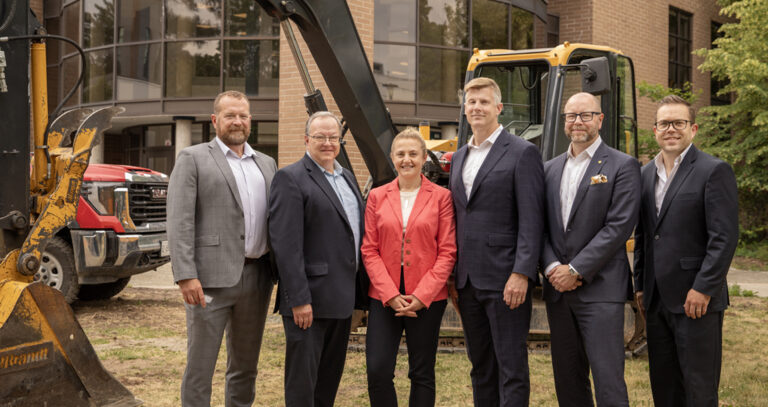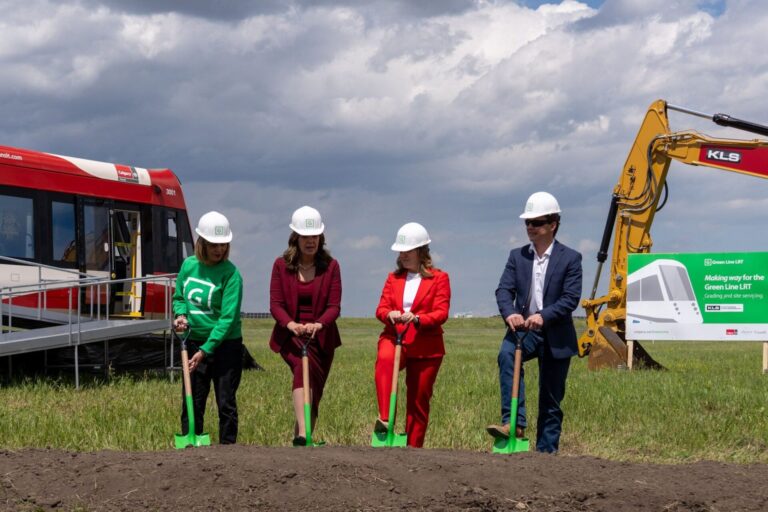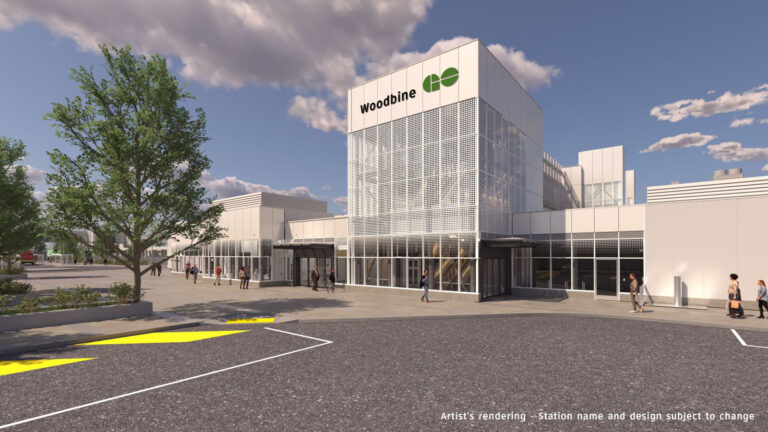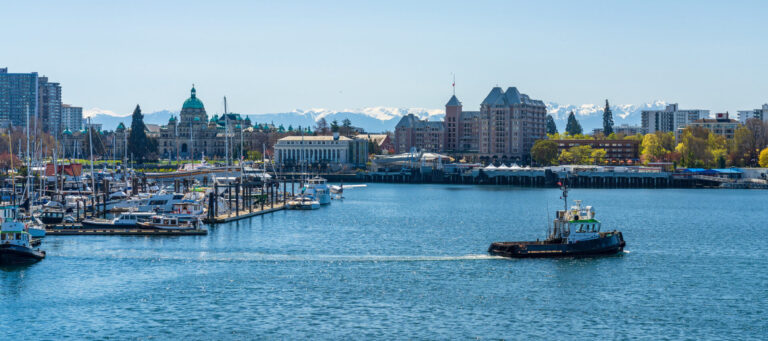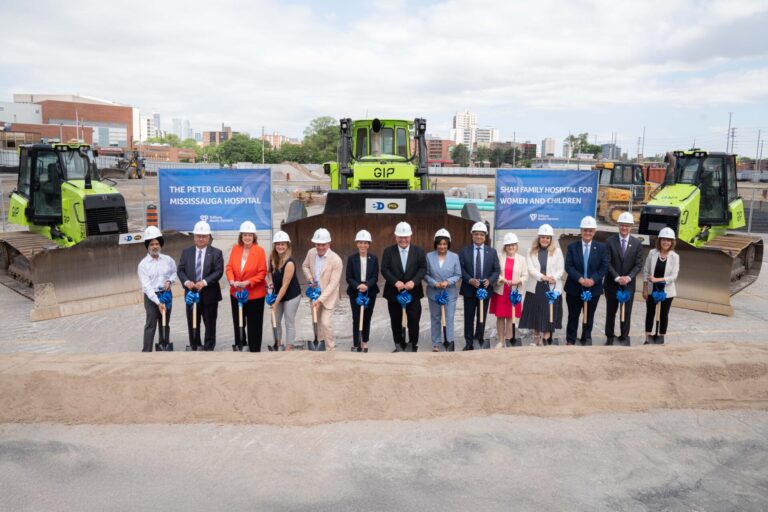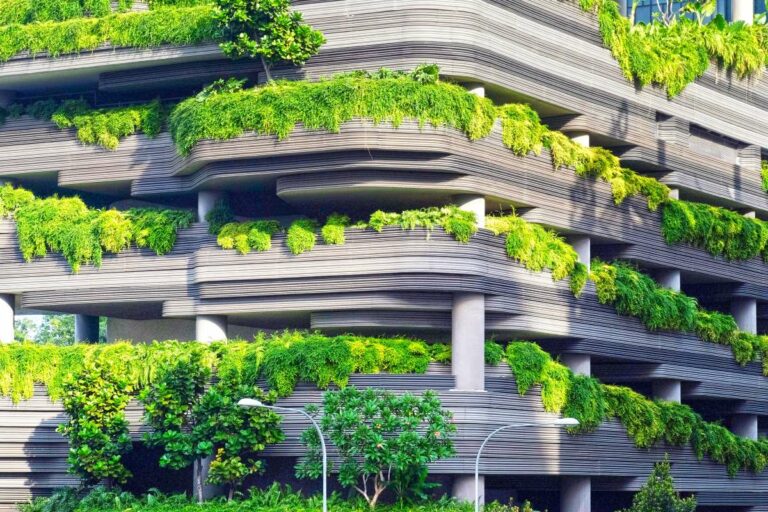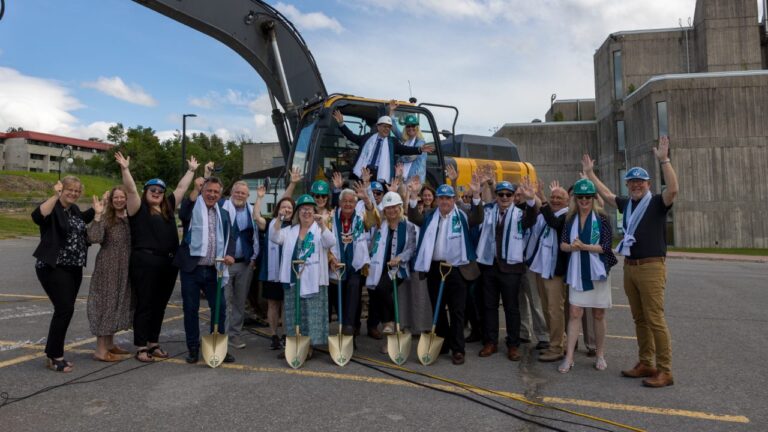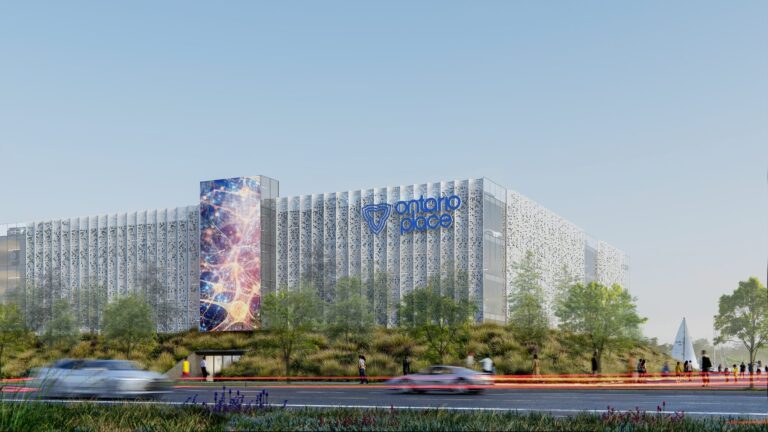The province British Columbia announced it is launching the Mass Timber Action Plan as well as funding for four new mass-timber housing and infrastructure projects.
The action plan and $1.2 million in funding announcement took place at the University of Victoria, where a 783-bed mass-timber student housing and dining project is set to open in September.
“Mass timber is a triple-word score. It allows us to reduce our carbon footprint from construction, it adds value to our forestry sector, and it provides new opportunities for jobs, growth and innovation in every corner of the province,” said Ravi Kahlon, Minister of Jobs, Economic Recovery and Innovation. “Positioning B.C. to be a global leader in mass-timber research, engineering innovation and production is a key action in the StrongerBC Economic Plan.”
The Mass Timber Action Plan shows that B.C. could have as many as 10 new mass-timber manufacturers by 2035. In addition, boosting the sector’s skills training through trades programs at post-secondary institutions will help fill an anticipated 4,400 additional job openings in manufacturing, construction and design.
Larger-diameter trees are not needed to make mass timber. Mass timber buildings can be engineered for strength by fastening together layers of smaller-dimension wood with glue, dowels or nails. This process can deliver as much as seven times the economic value when compared to milling logs for lumber. Mass timber can match or exceed the structural performance of concrete and steel while reducing carbon emissions by as much as 45%.
“Building a strong foundation for sustainable forestry will help us accelerate demand for mass-timber product, talent and technology,” said George Chow, Minister of State for Trade. “As chair of the Mass Timber Advisory Council, I am excited for this opportunity to establish B.C. as a leading innovator and supplier of low-carbon goods and services.”
The Mass Timber Demonstration Program will include four new projects ranging from multi-family homes to mixed-use commercial and industrial buildings. A full list of projects and funding is available here.
The University of Victoria has three mass timber construction projects in development: a new student housing and dining facility; an engineering and computer science expansion; and the National Centre for Indigenous Laws.
“We have invested $575 million into seven different projects that involve mass timber at post-secondary institutions throughout B.C. The diversity of projects showcases the versatility of mass timber and its contribution to learning spaces and new student housing,” said Anne Kang, Minister of Advanced Education and Skills Training. “It’s inspiring to see students learning and living in these spaces that truly are setting the example of how to build better for all British Columbians.”
The StrongerBC Economic Plan moves British Columbia forward by tackling the challenges of today while growing an economy that works for everyone. This long-term plan builds off B.C.’s strong economic recovery and works to address the long-standing challenges of inequality and climate change by closing the skills gap, building resilient communities and helping businesses and people transition to clean-energy solutions. The plan sets the goals of inclusive growth and clean growth, and puts forward six missions to help keep B.C. on track.
“I’m excited that the provincial government is introducing this new Mass Timber Action Plan, as it aligns with a lot of the core values that the UVic civil engineering department has taught me,” said Josh Zakala, fifth-year engineering student, University of Victoria.
“We are educating the students who bring their passion for a sustainable, low-carbon future to their studies and future careers that will drive innovation in industry,” said Kevin Hall, president, University of Victoria. “Through the study of new timber structure in the classroom and our use of mass timber in our building projects, UVic is leading by doing – advancing green building design and construction, fostering innovation and technologies to create new jobs and prosperity for the province, and deepening our commitment to climate action and sustainability.”
Featured image: Rendering of the University of Victoria Student Housing and Dining Project. (Perkins&Will)

